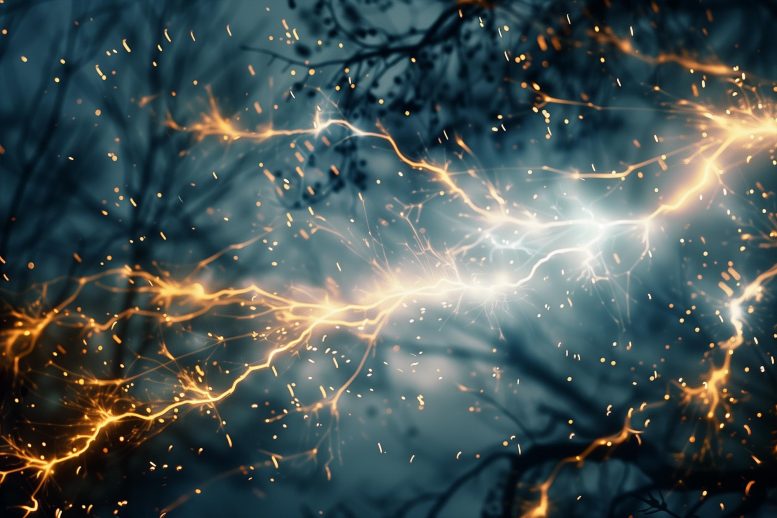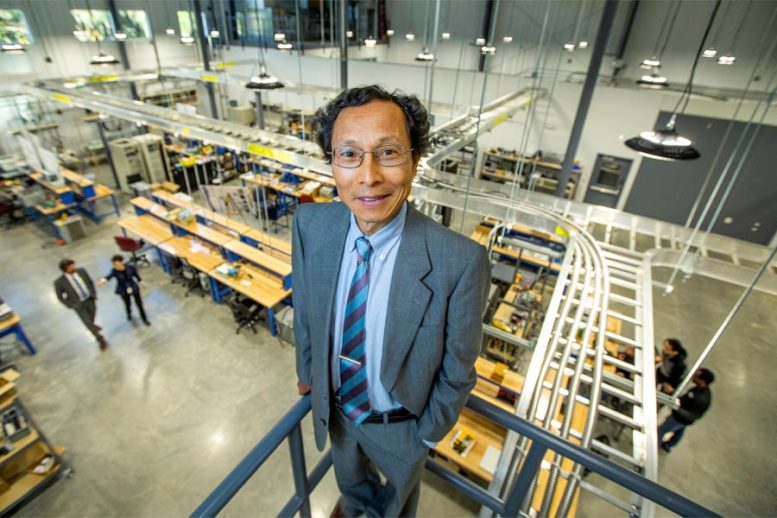
A new Z-source inverter that responds to electrical faults 1,000 times faster than traditional methods, aims to enhance power grid stability and prevent disasters like wildfires caused by downed power lines. Credit: SciTechDaily.com
An engineering professor transformed a traumatic childhood experience with electricity into a career dedicated to enhancing electrical safety. He developed a Z-source inverter that responds to electrical faults 1,000 times faster than traditional methods, aiming to fortify power grid stability and prevent disasters like wildfires caused by downed power lines.
When FAMU-FSU College of Engineering Professor Fang Peng was a boy, he saw the power and peril of electricity firsthand.
He was in middle school when his remote Chinese hometown first received electric service. His family shared a single portable, 15-watt light bulb attached to a cable. It was his job to replace the bulb.
“One night, the bulb went out and I tried to change it in total darkness,” Peng said. “I accidentally stuck my left thumb in the socket and was immediately shocked. I got knocked off balance and down to the dirt floor, trembling as the electricity seared through my body. Luckily, my right hand got tangled with the cable and pulled the socket off my left hand, otherwise I would not have survived.”
After that near-death experience, Peng saw electricity as a challenge. He made it his life’s work to study the phenomenon and “tame the beast” that put him in danger but also allowed his family to see at night.

Fang Peng, Distinguished Professor in Engineering In Electrical and Computer Engineering at the FAMU-FSU College of Engineering. Credit: Mark Wallheiser/FAMU-FSU College of Engineering
Innovations in Electrical Safety
Peng’s latest research continues that mission. In a study published in SciTechDaily